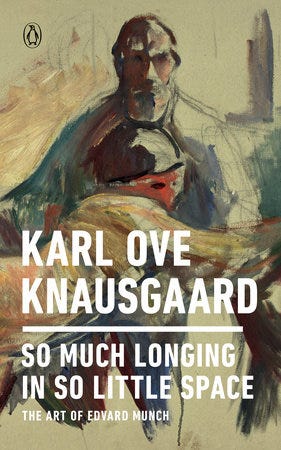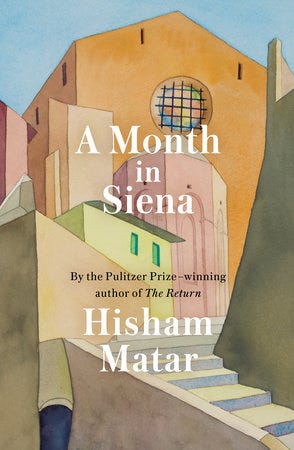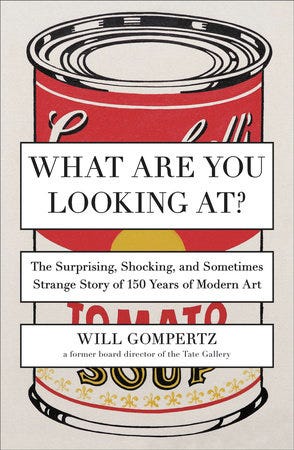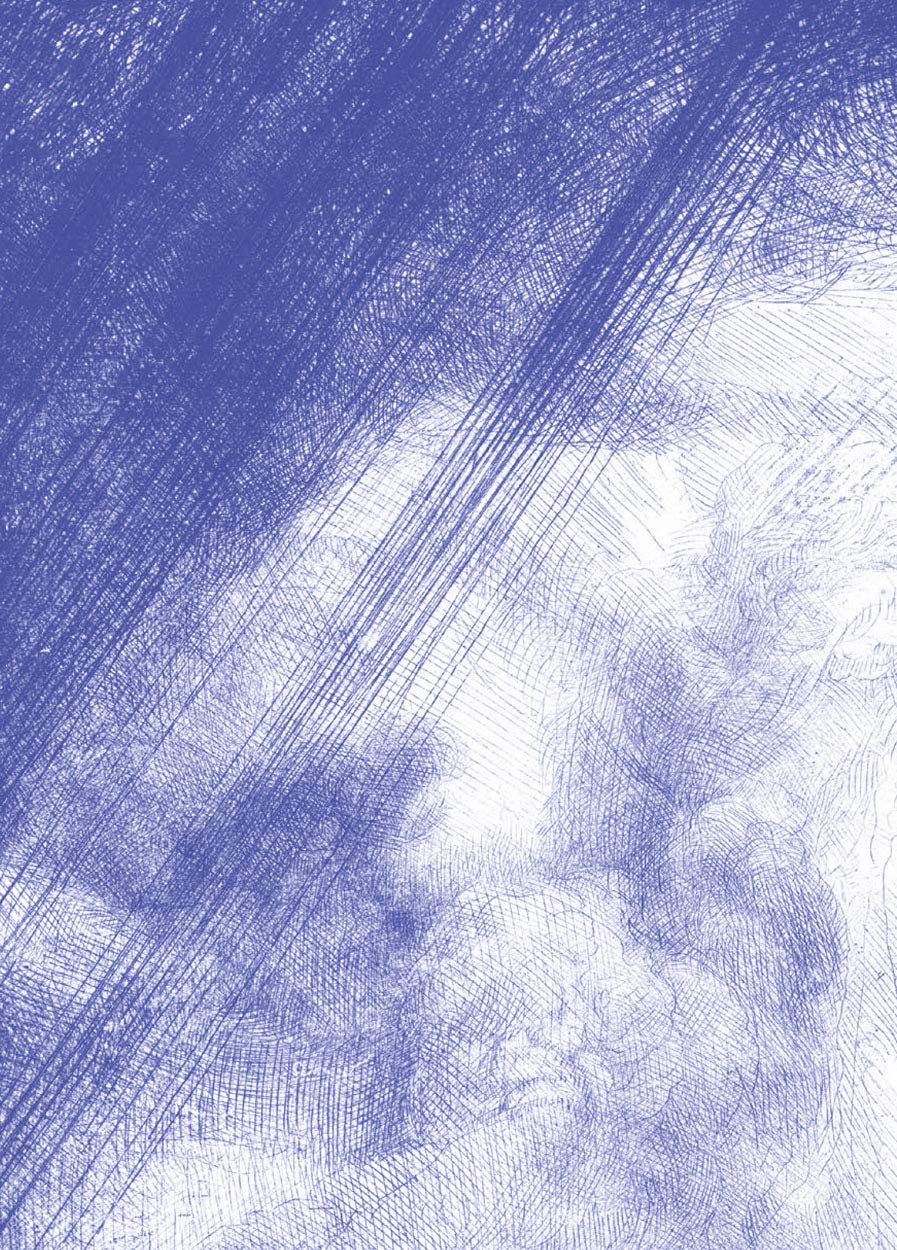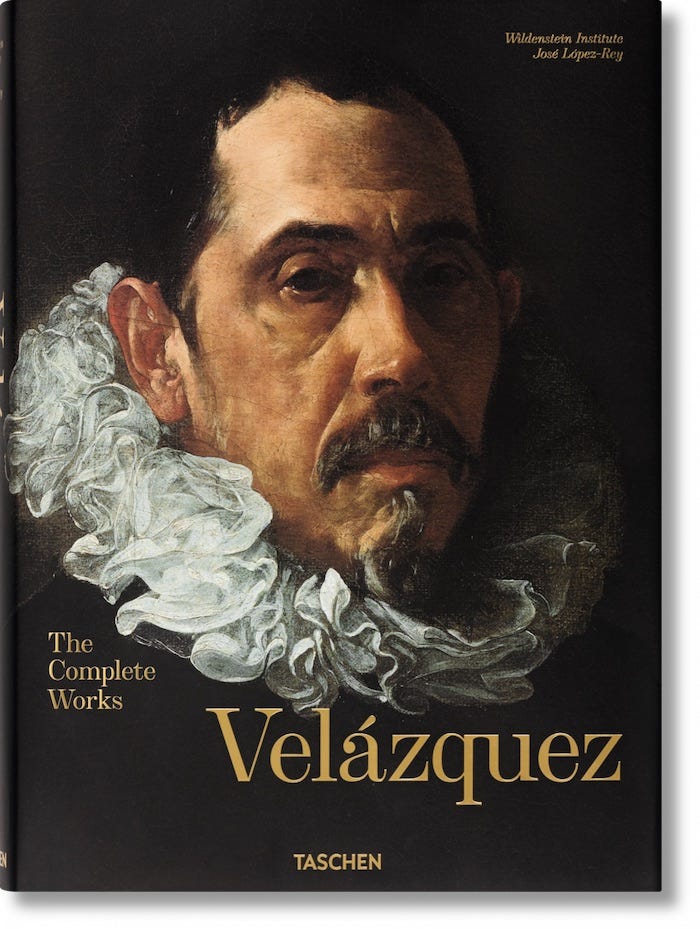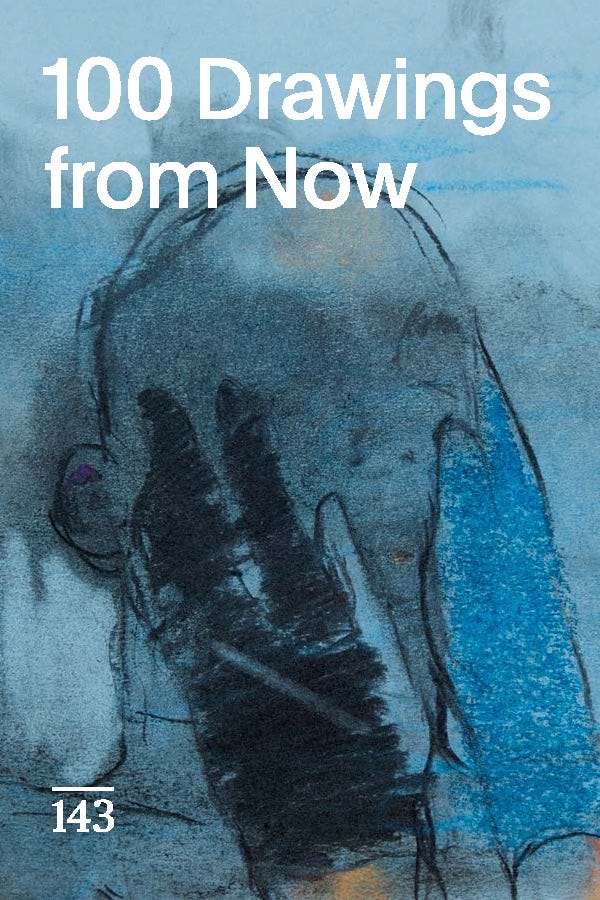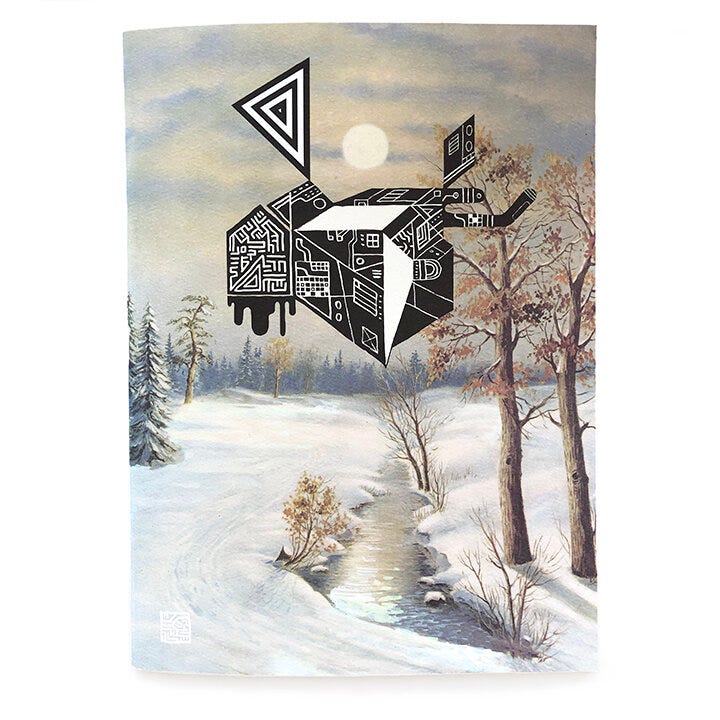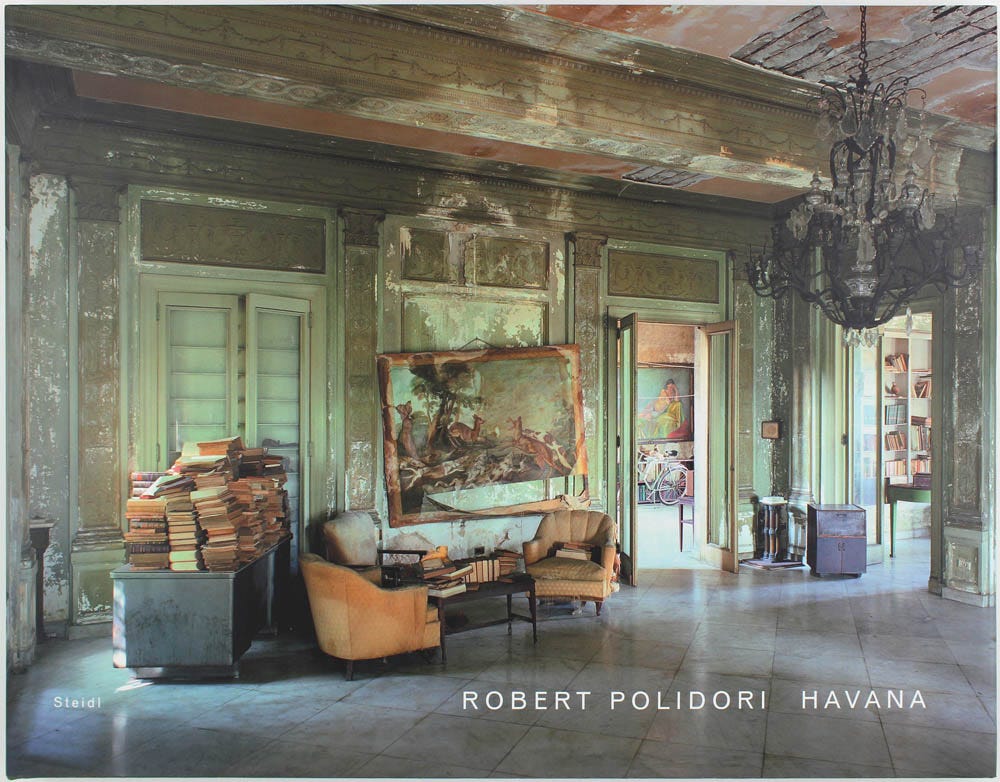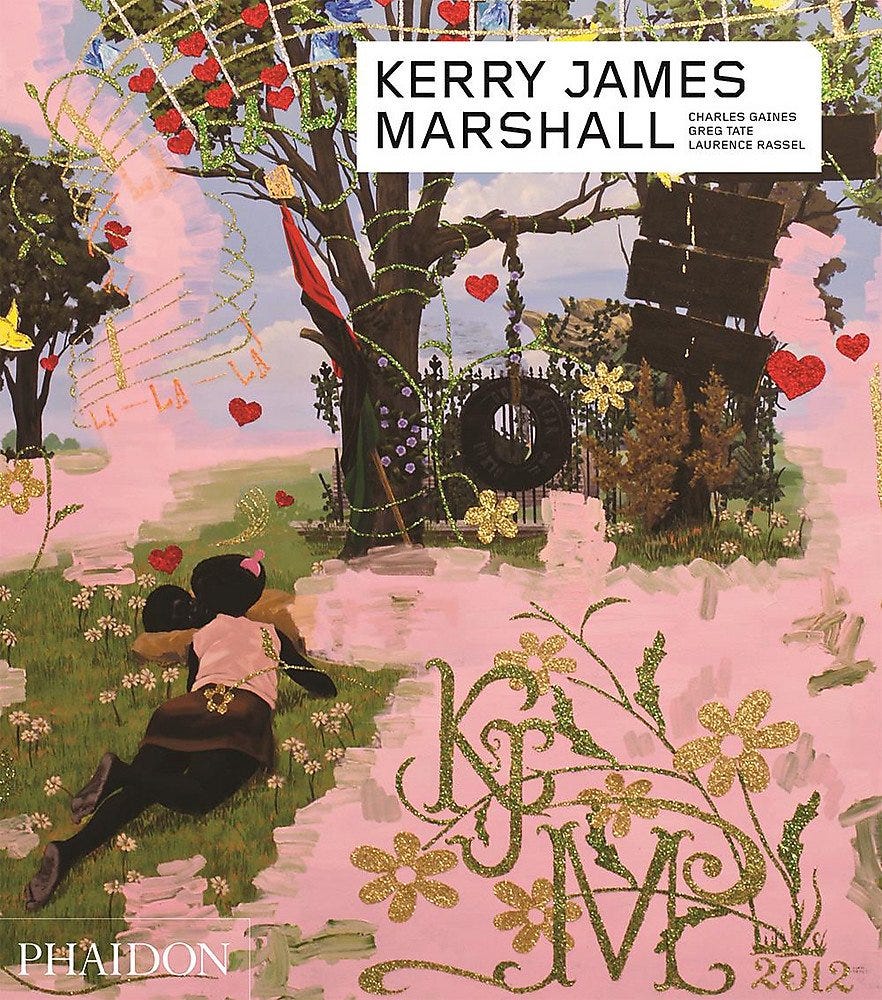To appropriate a line from the great and super-entertaining novel, Jonathan Strange and Dr. Norrell, there are books about art, and books of art.
For me, books about art have been a wonderful gateway into the world of art. They provide the cultural and historical context for an artwork, an artist, or a movement. They tell the story, and knowing the story helps me see the work.
And yes, the stories are not infallible. Every story needs a storyteller, and the storytellers have their axes to grind and their own cultural contexts and biases. Many years ago, I came across the work of Edward Said which examines how western culture exoticizes, romanticizes, and ultimately diminishes the art and literature of eastern cultures.
There is a very noisy - and in many respects, very necessary - reexamination of the stories that are told about art in progress right now. But this does not mean we should abandon books as a way to help us appreciate art. Like I said, they’re a gateway. What happens when we pass through that gateway is up to us.
Books of art allow you to bring entire bodies of work into your life. Certainly, it’s nothing like being with the original works, but they do allow you to sit with them in a way that you generally can’t in a museum or a gallery. Advanced reproduction technologies produce images that do give a sense of a work’s physical presence. And, the books are often beautiful objects in of themselves.
Let’s get into it.
Books about art
“The Hard Crowd”
by Rachel Kushner
Starting out with a slightly odd one here. The Hard Crowd is a collection of essays that are in equal parts memoir and art criticism. They are linked in that they are examinations of life lived according to an aesthetic. I think of this as as the DVD extras of Kushner’s novel The Flamethrowers which is about a life lived within art. This is a depiction of contemporary art in the moment that it is created and lived.
“So Much Longing In So Little Space”
by Karl One Knausgaard
Karl Ole Knausgaard is most know for his six (six!) autobiographical novel series called My Struggle. Rest assured that he is not a fascist. Instead, he is an extremely thorough explorer of the internal life we all live. The art of Edvard Munch seems to attract such spelunkers of the soul. This book is a document of a life-long relationship with art and the work of an artist. But it is also a record of what happens when one looks at art and truly sees.
You could also watch this video.
“A Month in Siena”
By Hisham Matar
This is a very slim book written after the author had published his account of an unsuccessful journey to Libya to find out the fate of his father. His father had been a critic of the Gaddafi regime in the 90’s. He was kidnapped by the regime’s agent and never again seen.
Reading this book, you get the sense that Matar is trying to find some solid ground after an intense and draining effort. He arrives in Siena to look at a set of proto-Renaissance artworks. It’s a beautiful story about how works that are ancient can be very much alive now.
“A Life of Henri Matisse”
by Hilary Spurling
Ok, this is really about two books: “The Unknown Matisse” which documents the early life and development of Henri Matisse, and “Matisse The Master” that tells the story of the period in which he repeatedly broke with the movements he himself had set in motion.
I find biographies to be wonderful stories that intertwine global and personal history. It’s enlightening to understand the world that an artist was living in when they produced work throughout their lives.
Matisse is someone that you might feel you know quite a lot about. But I found both books to be a fascinating story, and a great way to learn about the origins of modern art.
“What Are You Looking At?: The Surprising, Shocking, and Sometime Strange History of 150 Years of Modern Art”
By Will Gompertz
This is a highly readable and useful book. It takes you from the Impressionists almost to the present day. It’s a broad survey and where the Matisse biography is specific, this if general. But, that’s okay! Reading is the equivalent of glancing at the map of the journey before plotting the route out of your neighborhood. It’s also a pretty fun and witty read.
Books of Art
“Rembrandt x The Rijksmuseum”
By Jonathan Bikker, Erik Hinterding, Mireille Linck, Jane Turner, Ilona van Tuinen
Designed by Irma Boom
This survey was issued by the Rijksmuseum in Amsterdam It contains every work by Rembrandt that the museum has, which is a lot. To be precise it has 300 etchings, 60 drawings and 22 paintings. These works cover the breadth of Rembrandt’s life. Paging through the book, it’s remarkable to see the evolution of his craft and style.
And, not for nothing the book is designed by Irma Boom, one of the greatest living designers of books there is. That alone makes it worth having.
“Velázquez. The Complete Works”
by José López-Rey, Odile Delenda
Holy smokes, this is book is gorgeous. Velázquez has been the touchstone artist for generations. Even though he lived in the 17th century, he’s often considered the first modern painter. He often bent the conventions of court painting to make comments about the act of painting itself.
The images of the works are fantastically rich. It’s one of the best things I own.
One note: the book, while never cheap, was recently reissued. You’ll find older versions for sale for around USD$500. The newer version is much less expensive. I recommend going directly to Taschen’s site.
“The Drawing Papers”
Published by The Drawing Center
The Drawing Center is an exhibition space in New York City dedicated to drawing. On a fairly regular basis they put out The Drawing Papers, a journal-like publication that focuses on the artists they exhibit. I have several of these and they contain work that is hard to find elsewhere, even online. They function as a snapshot of what is happening in contemporary drawing now.
They’re pretty inexpensive and can be had for USD$20-25 from the center’s store. But be careful! From experience I can tell you that once you start buying them, it’s hard to stop.
“Sunday Sketching”
By Christoph Niemann
Christoph Niemann is known for his illustration and storytelling. He can be both witty and profound, often all at once. Sunday Sketching is his most personal work. It tells the story of his career and of his struggles with being a creative person that is also a professional.
The storytelling extends to the inventive construction of the book itself. It’s a lovely object.
“In Your Next Life You Will Be With All Your Friends”
by Anders Nilsen
This is a smidge different the others, but if we’re talking about books of art, then we have to talk about graphic novels. Some of the most adventurous storytelling in this century is happening in graphic novels. I chose this as an example first because I love Anders’s work, and second, because this book is a collection of work he’s done across his own books and works he done for other publications. Each of his books has some surprising elements in it. I encourage you to check out his work at his site.
Robert Pollidori: Havana
This is has got to be one of the most beautiful books of photography ever produced. The images themselves are spectacular and the book was printed by legendary printer Gerhard Steidl. It’s a heck of an object.
“Kerry James Marshall”
By Charles Gaines, Greg Tate, and Laurence Rassel
We’re going to wrap this edition with a book I’ve referenced previously. Kerry James Marshall is probably the most important American artist living today. This book is a great introduction to his work, of which there is so much. It’s worth bringing into your life.
As always, thank you so much for going on this adventure for me. If you dig Y.S.O. A., your friends will dig it too. I’d be very grateful if you told them about it, social media is a great way to do that.
See you next month!





